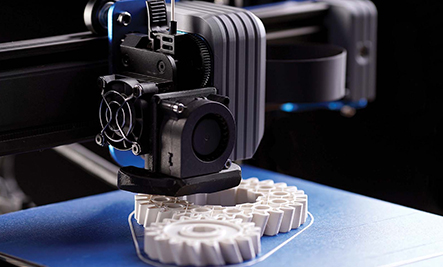What are 4 different types of rapid prototyping?
Oct. 17, 2024
Stereolithography (SLA)
Stereolithography (SLA) is one of the most widely used forms of
rapid prototyping. This process involves using a laser to cure liquid resin into solid layers, building the model layer by layer. The precision offered by SLA makes it ideal for creating complex and highly detailed prototypes, particularly for industries like aerospace and automotive where accuracy is critical. However, it’s important to note that SLA prototypes may require post-processing, such as sanding or additional curing, to achieve optimal surface quality and durability.
Selective Laser Sintering (SLS)
Selective Laser Sintering (SLS) is another popular rapid prototyping method. It uses a laser to fuse powdered materials, such as nylon or metals, into solid objects. One of the key advantages of SLS is its ability to produce functional parts with high strength and durability, making it suitable for both prototyping and low-volume production. The absence of support structures also allows for more design freedom. However, the rough surface finish typical of SLS prototypes may require further refinement depending on the application.

Fused Deposition Modeling (FDM)
Fused Deposition Modeling (FDM) is one of the most cost-effective and accessible rapid prototyping service techniques. It works by extruding thermoplastic materials through a heated nozzle, building the prototype layer by layer. FDM is commonly used for creating simple prototypes, jigs, and fixtures due to its affordability and ease of use. While it may not offer the high level of detail provided by SLA or SLS, FDM is ideal for testing basic design concepts and functionality. One potential drawback is that FDM parts may not be as strong as those produced through other methods.
Digital Light Processing (DLP)
Digital Light Processing (DLP) is similar to SLA but uses a digital light projector instead of a laser to cure resin. DLP is known for its speed, making it a great option for producing detailed prototypes quickly. This process is ideal for industries that require highly accurate and smooth prototypes, such as the medical field for dental or orthopedic models. However, DLP is limited in terms of material options, typically using photopolymers that may not offer the same mechanical properties as SLS or FDM-produced parts.
Conclusion
Each automotive rapid prototyping method offers unique advantages, depending on the application and material requirements. Stereolithography is ideal for high-detail models, while Selective Laser Sintering provides strong and functional parts. Fused Deposition Modeling is affordable and widely accessible, perfect for basic prototypes, and Digital Light Processing excels in speed and precision. Understanding the strengths and limitations of each technique will help you select the most appropriate method for your specific project needs.
50
0
0
All Comments (0)
Previous: None
If you are interested in sending in a Guest Blogger Submission,welcome to write for us!


Comments